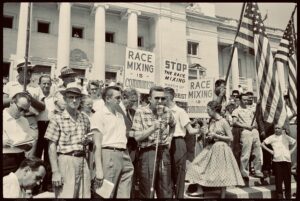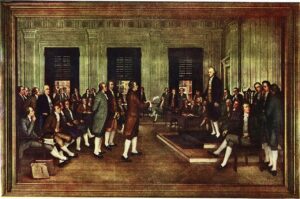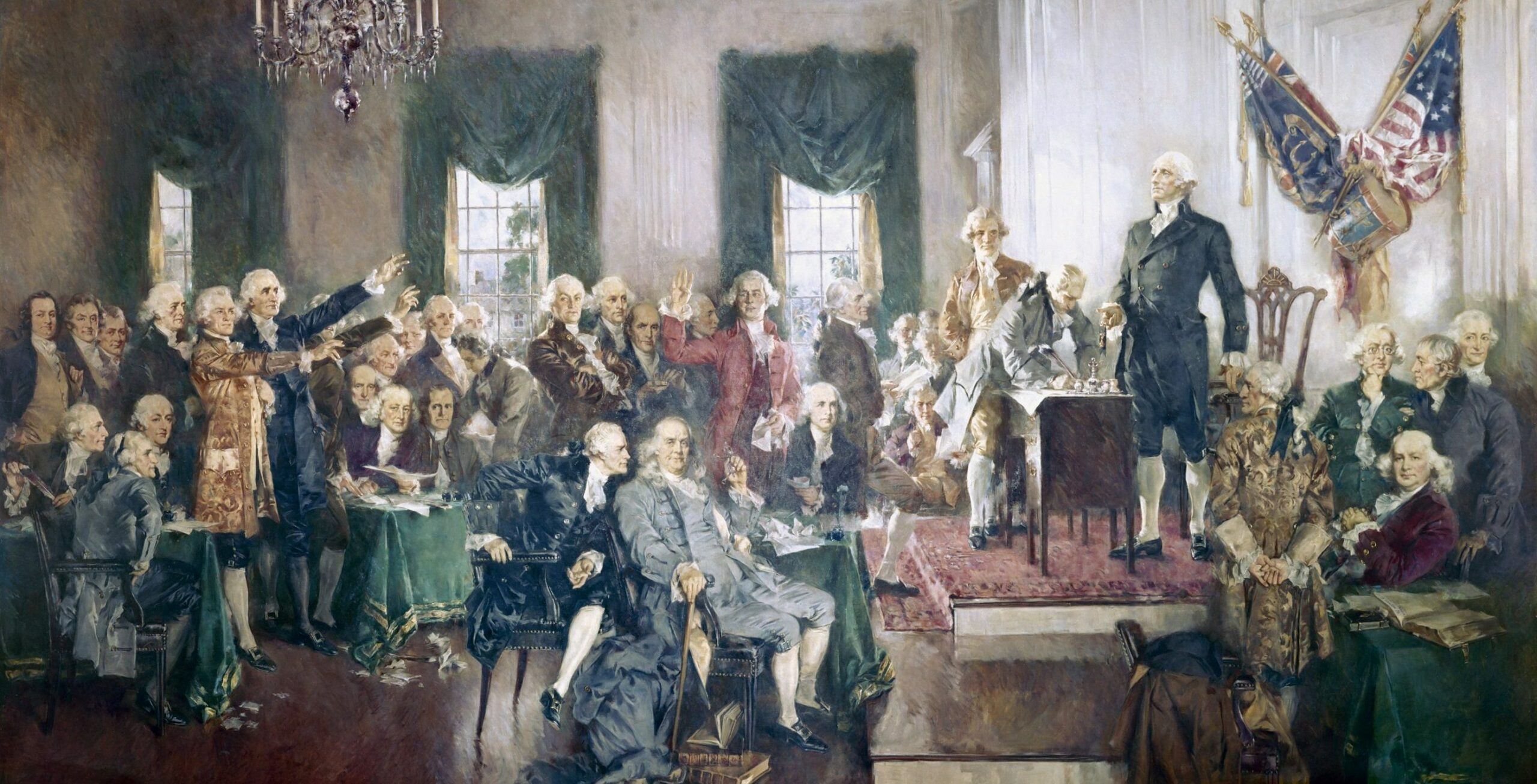
A Teacher’s Guide to the Constitutional Convention Exhibit
TeachingAmericanHistory.org is pleased to announce the relaunch of our Constitutional Convention exhibit! Originally created by our Senior Fellow Gordon Lloyd, this exhibit contains a wide range of primary and secondary sources from the American Founding. Much of the information contained on the original website has been retained and streamlined to improve accessibility for teachers and students. We hope you will find this teacher guide and the exhibit useful in your classroom!
The Introduction to the Exhibit guides teachers and students through the material contained within the exhibit.
Introductory Resources for Secondary Students
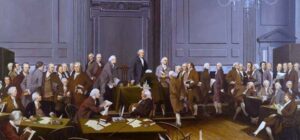
Introduction to the Constitutional Convention — Professor Lloyd’s short essay on the Convention from its inception to its conclusion. Chunked to improve student comprehension, it provides a brief history of the failures of the Confederation government, a detailed explanation of the delegate-selection process and a thorough overview of the Convention itself.
The Constitutional Convention: A Four-Act Drama — Lloyd divides the events of the convention into four stages, emphasizing the uncertainty and suspense delegates felt as they tried to reach compromise:
- Act I: Rising tension over the question of representation;
- Act II: Crisis, resolved by the Connecticut Compromise
- Act III: New tensions over issues such as slavery
- Act IV: Falling action as the delegates reach a final consensus.
Each act in this drama is linked to a series of days in James Madison’s Debates in the Federal Convention of 1787.
Resources for In-depth Study
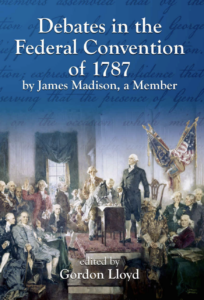
A Day-by-Day Summary of the Convention, based on Madison’s Debates in the Federal Convention of 1787, prefaced by links to relevant primary sources. These include:
- Plans for the Constitution presented by state delegations
- Reports from committees that met to resolve details of the emerging framework
To help our readers better contextualize the role of the Constitutional Convention in the American Founding period, we have provided a Timeline that details the evolution of American self-governance from 1776-1791.
Our Meet the Delegates section is perfect for anyone looking for research material for student projects or presentations. The chart formatting of these pages makes them suitable for middle school as well as high school students. We’ve also provided biographical data for a number of the delegates and will add to this section over the next several months.
Thematic Resources for the Constitutional Convention
Engagingly written for the secondary student audience, these essays contain links to the relevant primary sources and cover the following:
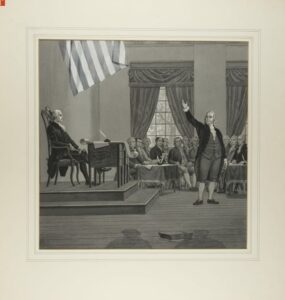
Process, Purpose and Participants
Balancing Power
- Preserving the Power of the Smaller States
- Attaining “Stability and Permancy”
- Crafting a “Partly National, Partly Federal” Government
- Reinventing the Traditional Principles of Republicanism
Establishing Limits
- Defining Congress’ Powers: The Necessary and Proper Clause
- Debating the Limits of the Judiciary: Prior and Constitutional Review
- Compromising on the Slave Trade
- Establishing the Electoral College and the Presidency
Extra Resources
A gallery of Artistic Interpretations of the Constitutional Convention” by American artists throughout history.
Entertainment of George Washington at City Tavern offers amusing details of the social aspects of the Convention.
Advanced Resources
Educators, post-secondary and advanced secondary students will find our “Attendance at the Constitutional Convention” section to be useful. Based on Professor Lloyd’s research, the attendance record will be updated on a regular basis to reflect current scholarship. We’ve also included a scholarly essay regarding the difficulties of assessing the historical record of delegate attendance. This section also contains an explanation of quorum requirements by state and Professor Lloyd’s essay on the Twelve “Turning Points” in the writing of the Constitution.
Also useful to students who are interested in delving into the inner workings of the Constitutional Convention is the Committee Assignments chart and the accompanying short essay. We’ve also provided a section on delegate correspondence that is linked to events at the Convention.
We hope you will find this teacher guide useful. Please share with us how you use this exhibit in your classroom! Send your comments to: [email protected]

